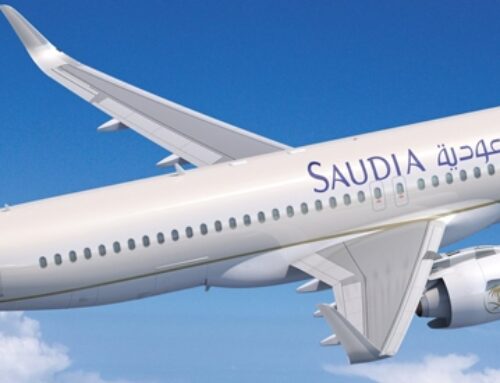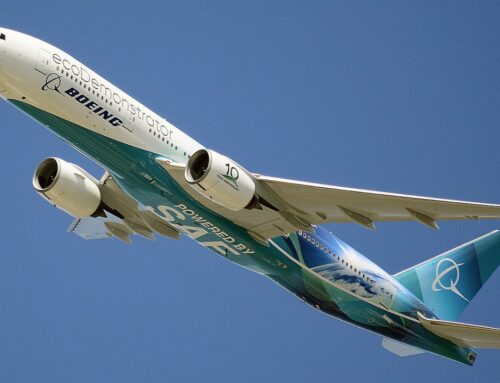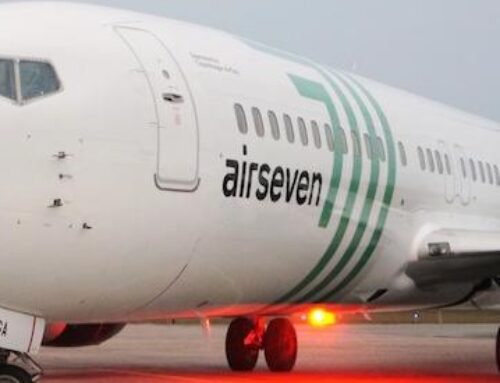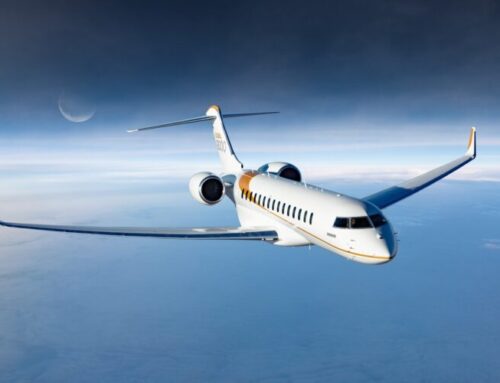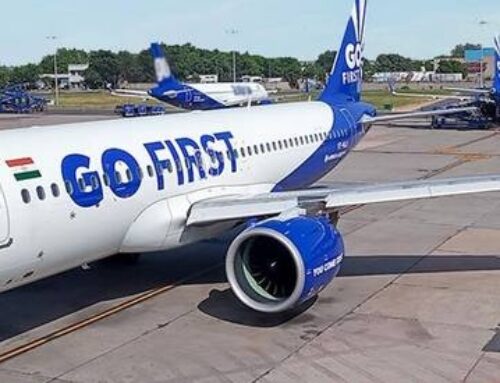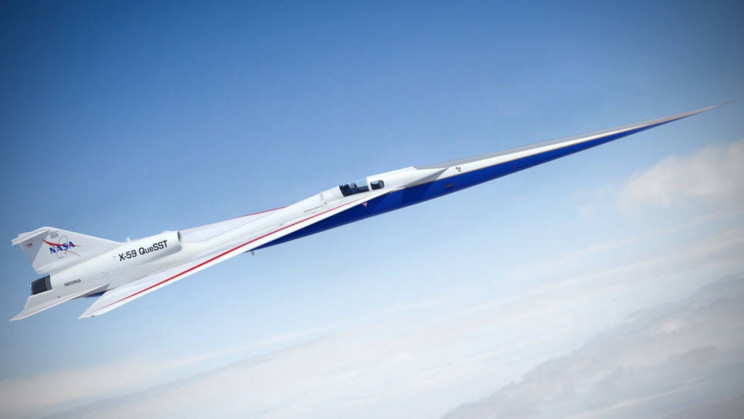
NASA’s Silent Supersonic Jet X-59
NASA’s Silent Supersonic Jet X-59 is designed to transform the supersonic aircraft industry.
Lockheed Martin’s Skunk Works-built QueSST is anticipating an eventful 2022. The experimental X-59 Quiet Supersonic Technology aircraft Skunk Works is building for NASA, is currently on its way to the company’s plant in Fort Worth, Texas to undergo structural testing ahead of a planned first flight next year.
According to The Drive, the plan is to truck the X-59 to its Texas plant for structural tests before bringing it back to the U.S. Air Force’s Plant 42 in Palmdale, California where it was under construction since 2018. It will undergo its first round of flight testing at the site known for hosting the F-35 Joint Strike Fighter assembly line.
Commercial supersonic aircraft has always been characterized by unsettling noises and vibrations. Such issues can be a hindrance to military training involving supersonic aircraft. Silencing these booms could be favorable during combat operations.
The X-59 was specifically designed to transform aviation and reduce sonic booms to a barely-audible sonic thump. It comprises a thin 30-foot-long nose that lowers the sound of the sonic boom when the jet surpasses the speed of sound at 767 mph (1,235 km/h). That structural design will allow it to reach supersonic speeds soon after takeoff.
Heralding a new era for supersonic flights
Earlier, NASA had released a short clip that showed the piecing together of various parts of the X-59’s fuselage and its wings. “We’ve now transitioned from being a bunch of separate parts sitting around on different parts of the production floor to an airplane,” Jay Brandon, NASA chief engineer for the Low Boom Flight Demonstrator (LBFD) project, had said.
The new single-seat plane X-59 will be 99.7 feet long, 29.5 feet wide (30 m by 9 m), and will cruise at an altitude of 55,000 feet (16.7 km) while moving at a speed of Mach 1.4, or 925 mph (1,488 km/h). One of its more peculiar features is the lack of a forward-facing window. Instead, it will rely on a NASA-developed eXternal Vision System (XVS).
Only around 10% of the design is entirely new. According to NASA, landing great from an Air Force F-16 fighter, a cockpit canopy from a NASA T-38 trainer, a propulsion system part from a U-2 spy plane and a control stick from an F-117 stealth fighter are among the repurposed parts to be used on NASA’s newest airplane.
According to NASA’s official timeline, the X-59’s first flight is expected sometime next year. The initial flight testing, which will demonstrate things like the basic airworthiness of the aircraft, is expected to take nine months and run into 2023.
After checkout and envelope expansion flights, Lockheed will deliver the X-59 to NASA. NASA will then conduct test flights within the supersonic test range above NASA’s Armstrong Flight Research Center and Edwards Air Force Base in California.
Starting in 2024, X-59 will fly over select U.S. cities and public feedback will be invited during the Community Response Study phase. interestingengineering.com

